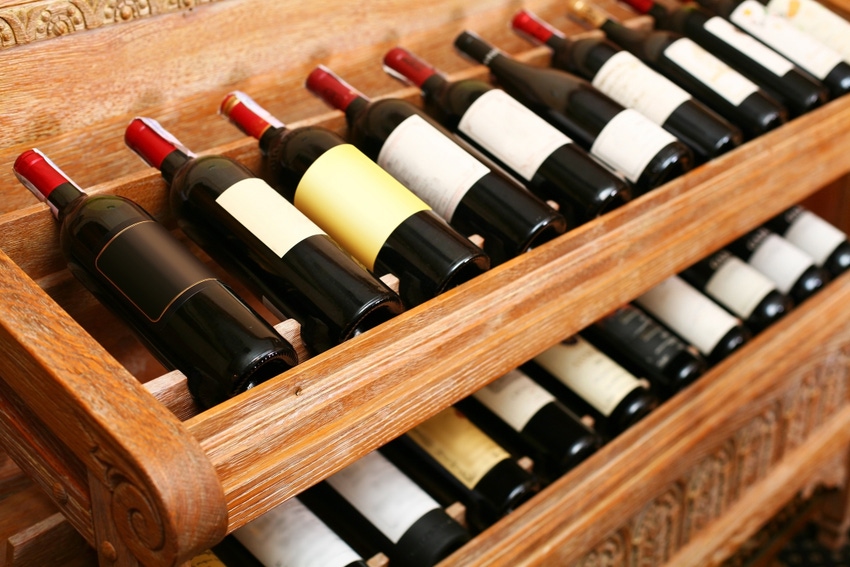
Baby boomers’ continuing love affair with premium wines paved the way for a 3 percent increase in domestic sales of California vintages in 2018, industry insiders say.
But warning signs linger, considering that boomers are aging and industry pros are still figuring out how to appeal to Generation X and millennial consumers.
“Baby boomers are still the driving force in wine consumption, but while sales are still growing, it’s slowing as the boomer generation ages and presumably drinks less,” says Jon Moramarco, founder and managing partner of BW 166 LLC and editor of the Gomberg Fredrikson Report, which examines wine industry data and analytics.
“Wine marketers are working to maintain the interest of boomers and attract Gen-X’ers and millennials with new and different wines,” Moramarco says in a news release.
The San Francisco-based Wine Institute reported in late June that California wine shipments in the U.S. reached an estimated retail value of $40.2 billion in 2018, a 3 percent increase from the previous year.
The state’s wine producers shipped 248 million nine-liter cases to American buyers last year, according to the report. Overall shipments last year totaled 285 million cases.
“Consumer interest in premium wines continues to be the dominant trend,” Wine Institute president and chief executive officer Robert Koch says. “As consumers trade up, our California wines are emphasizing high quality, value and sustainable winegrowing.”
Boost in domestic shipments
Domestic wine shipments from the Golden State have experienced a 15 percent volume growth over the last decade and increased by 6 million cases in 2018 over the previous year, Moramarco notes.
Direct-to-consumer sales continue to grow, he says, with over 6 million cases sold with a retail value of $3 billion in 2018. The totals represented increases of 9 percent in volume and 12 percent in value from 2017.
The U.S. has remained the world’s largest wine market by volume since 2010 and the U.S. is now the third leading global wine producer, according to the Wine Institute. California’s 245 million cases shipped within the U.S. last year represented a 61 percent share of the total American wine market, the organization reports.
U.S. wine exports, 95 percent of which were from California, reached $1.46 billion in winery revenues in 2018. In all, 41.7 million cases were shipped, with the European Union the top destination at $469 million in sales followed by Canada ($449 million), Hong Kong ($130 million), Japan ($93 million) and China ($59 million).
Wine industry professionals long hoped that Gen-X’ers and millennials would be naturally drawn to wine because they were accustomed to seeing it at the dinner table as children. But the younger generations have proven elusive, as recent surveys have shown they drink less alcohol than their predecessors.
California wine producers might have a leg up on their competitors and others, as millennials and Generation Z consumers of legal drinking age have shown a willingness to pay extra for sustainably produced wines. The problem is that many younger consumers are still strapped for cash, in many cases because of student debt, marketers have realized.
For more news on pests, disease management and other issues affecting vineyards, subscribe to the bi-monthly newsletter The Grape Line.
About the Author(s)
You May Also Like






